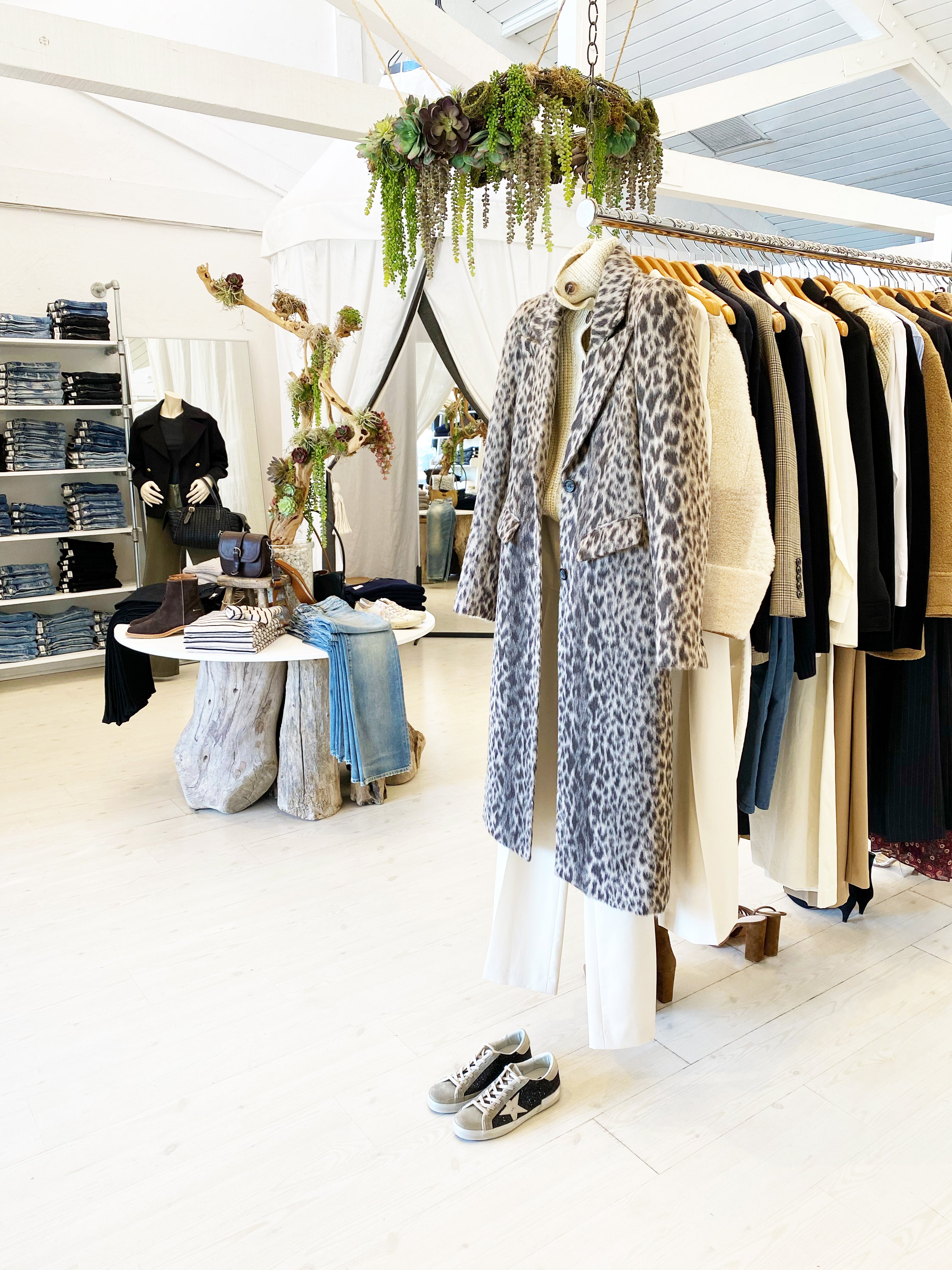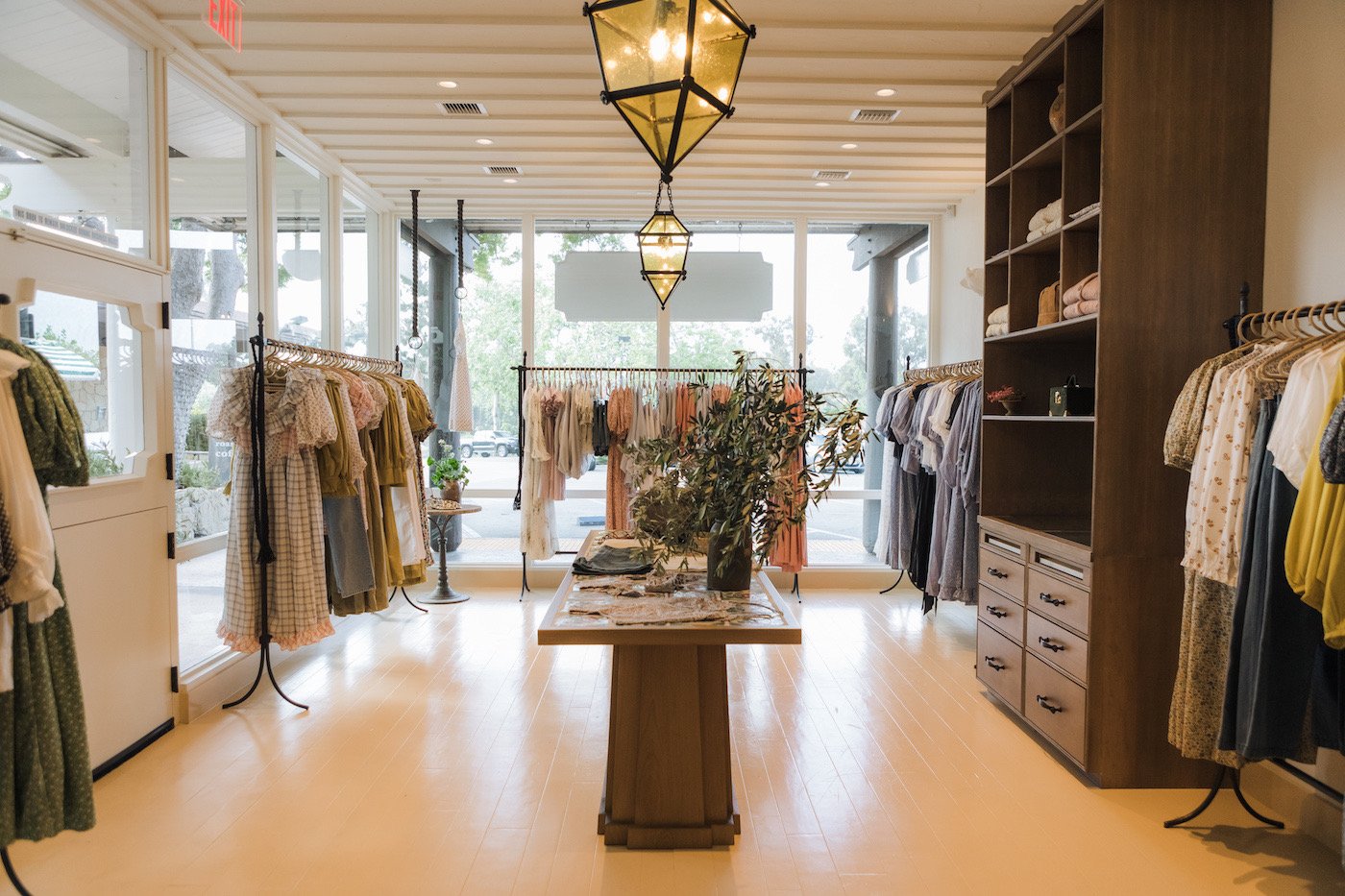The Influence of Social Media on Today's Boutique Fashion Trends
The Influence of Social Media on Today's Boutique Fashion Trends
Blog Article
Lasting Fashion: Just How Eco-Friendly Apparel Is Forming the Future of Design
As the style sector deals with enhancing examination over its environmental effect, the rise of sustainable style provides an appealing option that straightens design with ecological duty. boutique fashion. Just how does this motion absolutely affect the future trajectory of fashion, and what challenges lie in advance in its extensive adoption?
Innovative Lasting Materials
As the garment industry faces its ecological influence, innovative lasting products have actually become a critical service for lowering ecological footprints. Amongst one of the most appealing materials are those derived from natural, eco-friendly resources, such as natural cotton, hemp, and bamboo. These materials not just decrease reliance on nonrenewable fuel sources yet additionally minimize damaging chemical use and water intake. Organic cotton, as an example, utilizes significantly less water than standard cotton and eliminates the need for hazardous chemicals, thereby preserving soil wellness and biodiversity.
In addition to plant-based products, improvements in biofabrication have brought about the growth of lab-grown textiles. Mycelium leather, obtained from mushroom origins, provides a versatile and biodegradable alternative to animal leather. Its production results in significantly reduced carbon exhausts and water use, making it an extra sustainable option for fashion designers seeking to line up with environmentally friendly methods.
Recycled products are likewise gaining traction, with polyester made from recycled plastic containers representing a considerable development. This development not just diverts plastic waste from oceans and garbage dumps however additionally reduces energy intake contrasted to producing virgin polyester. Together, these products highlight the capacity for a much more lasting style industry, leading the way for environmentally conscious style and production.
Eco-Conscious Manufacturing
Structure on the developments in sustainable materials, the apparel industry is also re-evaluating its manufacturing processes to further lower environmental effect. Trick methods consist of reducing water intake, minimizing carbon exhausts, and eliminating harmful chemicals. By adopting closed-loop systems, manufacturers intend to recycle water and power successfully, dramatically reducing waste. The integration of eco-friendly energy resources, such as solar and wind power, into production facilities additionally reduces reliance on fossil gas.
One more important aspect is the decrease of poisonous chemicals traditionally made use of in dyeing and ending up fabrics. Eco-conscious makers are shifting in the direction of plant-based dyes and waterless dyeing modern technologies, which not just protect regional ecosystems however likewise enhance employee safety. Developments like electronic printing decrease fabric waste and energy intake, offering a cleaner choice to traditional techniques.
With the innovation of blockchain innovation, business can currently provide in-depth insights into their supply chains, making sure honest and environmentally pleasant methods at each action. As the demand for eco-conscious items grows, makers are compelled to introduce, making certain that the future of style is both lasting and elegant.
The Increase of Upcycling
Upcycling, a transformative method in lasting fashion, includes artistically repurposing thrown out materials into brand-new, premium products. This innovative strategy not just lowers waste yet likewise decreases the demand for resources, thereby lessening the ecological impact of clothes manufacturing. By rebuilding and reimagining existing items, designers and style brands have the ability to infuse creativity into their collections while advertising environmental obligation.

Furthermore, the upcycling activity has actually empowered local business and independent designers, who commonly lead see post in technology due to their agility and creative thinking. By exploiting on the abundant accessibility of extra products, these entities add to a round economic situation, showing right here that style can be both fashionable and lasting. With upcycling, the market takes considerable strides towards a more responsible and aware future.
Thrift Culture's Impact
The growing thrift culture substantially improves the landscape of lasting style, highlighting the significance of conscious intake. This social shift encourages customers to welcome secondhand apparel, consequently decreasing the need for brand-new garment production and lessening environmental influence. Second hand buying not just expands the lifecycle of clothing however additionally lowers the carbon impact related to manufacturing, moving, and getting rid of apparel.
A crucial element of second hand society is its democratization of style. By using a large array of styles from numerous periods at inexpensive prices, second hand shops make style obtainable to a wider audience. This availability fosters a sense of originality and creativity, as consumers mix and suit special items to curate tailored closets without adding to the fast fashion cycle.
Additionally, second hand culture advertises circularity in fashion, aligning with the concepts of a circular economic situation. As more consumers and designers accept second hand society, the fashion market is obliged to adjust, integrating sustainable techniques to fulfill the expanding need for eco-conscious options.

Future Trends in vogue
Style's development is significantly formed by technical technologies and sustainability-driven efforts. As consumers come to be extra environmentally conscious, the industry is reacting with groundbreaking improvements that redefine the future of design. One noticeable pattern is the increase of electronic fashion, where digital garments can be used in augmented reality atmospheres, significantly reducing fabric waste. This shift not just accommodates the digital-savvy consumer but additionally minimizes the environmental impact commonly related to garment manufacturing.
Additionally, the assimilation of blockchain modern technology provides new opportunities in transparency and traceability, enabling customers to validate the sustainability qualifications of their garments. boutique fashion. This makes certain liability in supply chains and advertises ethical sourcing methods. 3D printing is yet one more technology that guarantees to reinvent manufacturing procedures by enabling on-demand production, thus decreasing excess stock and waste
Furthermore, pop over here the growth of bio-fabricated products, such as lab-grown natural leather and plant-based textiles, offers sustainable alternatives to traditional products. These advancements lower dependence on animal products and resource-intensive plants. As these innovations grow, they are poised to change the style landscape, merging design with sustainability. The future of style, for that reason, depends on a seamless mix of innovation, innovation, and ecological obligation.
Conclusion
The makeover of the fashion industry through sustainable methods shows an essential change in the direction of environmental liability. This evolution not just lines up fashion with ecological sustainability yet additionally sets a precedent for future trends concentrated on obligation and development.
As the fashion sector deals with raising analysis over its environmental effect, the surge of sustainable style supplies an appealing option that aligns design with environmental obligation.As the style industry grapples with its environmental effect, innovative lasting products have actually emerged as a crucial remedy for lowering ecological impacts. With each other, these materials highlight the capacity for an extra lasting fashion sector, leading the means for environmentally mindful layout and production.
Building on the technologies in sustainable materials, the style industry is also re-evaluating its production procedures to better minimize ecological impact. boutique fashion.Upcycling, a transformative practice in sustainable fashion, entails artistically repurposing disposed of materials into brand-new, high-grade products
Report this page